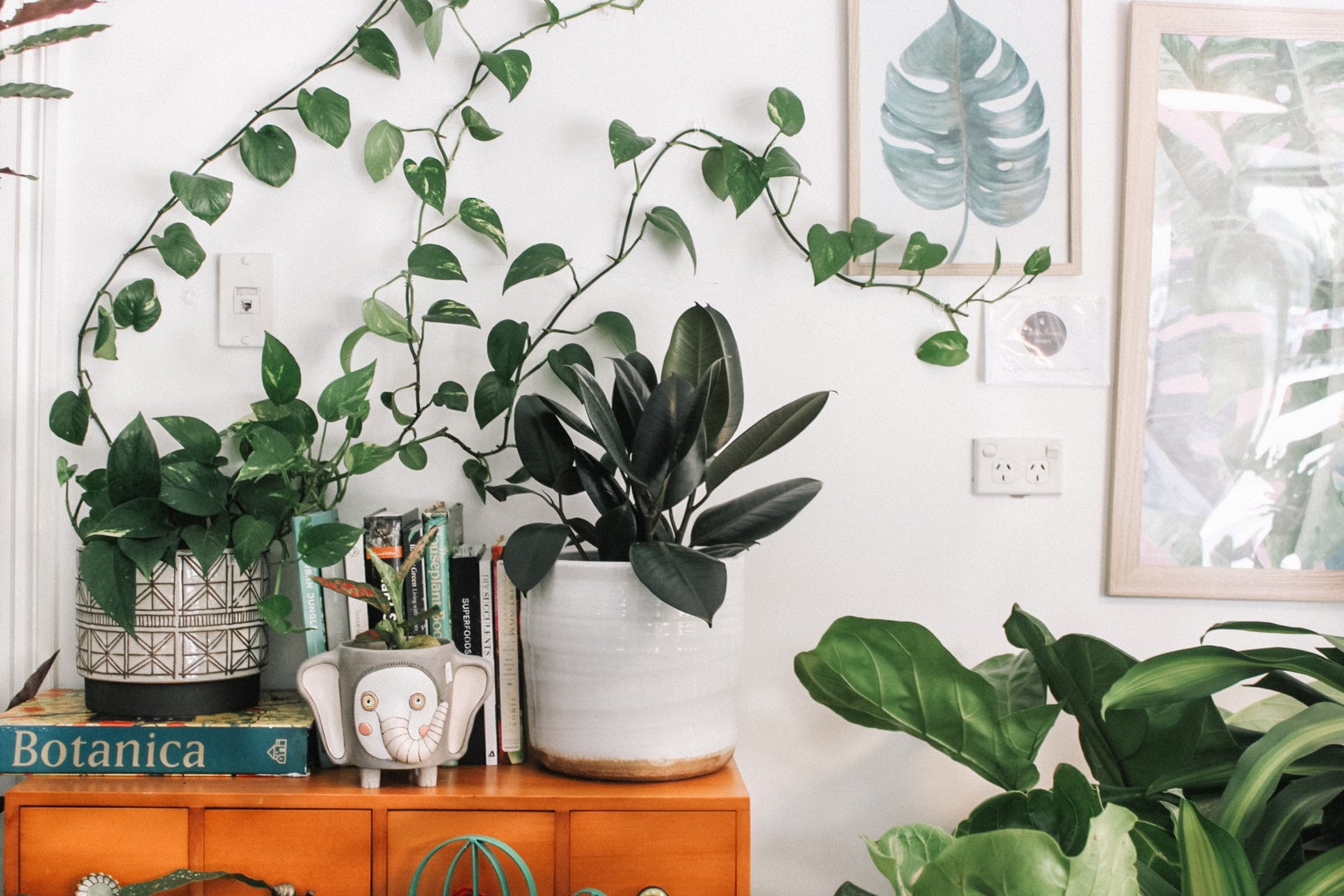Pruning, known to most as the art of clipping, cutting, or shearing outdoor plants, is a daunting, terrifying task for most gardeners. Bringing out the great clippers and cutting through your plants can be a stressful hassle, especially if it’s your first time. But fear not fellow hopeful gardeners! This is the ultimate guide to help you perfectly prune your plants.
Though it may sound difficult and pointless, this guide will show you why and when you should be pruning and the best ways to do it.
Why you should prune
Think of pruning like getting your haircut: you technically don’t need one, but you’ll avoid dead ends and look amazing with it! I personally believe you should prune mostly for cosmetics since disease and invasive pests are usually few and far between in residential gardens. Though either way, pruning will make your houseplant or garden look much healthier, prettier, and livelier.
Pruning also helps stop diseases from spreading throughout a plant. Cutting dead or infected parts of your garden out will help keep your plants safe from disease and, in some cases, invasive pests. For example, sometimes powdery mildew can spread up branches that slowly kill the stems and leaves of your plant. Removing these sections of the plant will halt its spread.
If you keep up with your pruning, it will also promote new growth from your plant or tree. Removing dead parts of the plant allow for resources, like sunlight or water, to be allocated to the most healthy parts of your plant. Since you are taking away a part of the plant, you are basically pushing resources and nutrients to other areas of it.
Finally, for an absolutely cosmetic reason, you can also shape your plants. If you want a more rounded shrub or have fewer vines hanging off your ivy, pruning can help you mould your plant into some pretty funky designs or pots.
WHAT YOU SHOULD USE
Pruning can be the simplest and most complicated thing you’ll ever have to do for your plants – the variation in difficulty comes from the size of the plant or tree and how much pruning you want to do. If you’re mostly cutting back houseplants or flower gardens, a simple pair of hand pruners or garden clippers will do the trick (you can find these at most dollar stores). Hand pruners are my absolute favourite tool, since they are easy to use and usually come quite sharp. I’ve even used them for various shrubs and evergreens since they can easily fit into the centre of a tree or bush to cut right back.
If you’re looking to cut back larger hedges, trees, or plants, hedge shears are the way to go. Since they have a much larger (and usually sharper) blade, they can easily cut thick branches of trees. The long blade also helps with cutting back more area of a hedge or bush at once too.
If you don’t want to spend much money, you can definitely use any household scissors (make sure you don’t use them in the kitchen later!), though I would recommend you invest in a good pair of gardening gloves if you’re doing outside pruning, which I always get at the dollar store.
WHEN and how TO PRUNE Outdoors
My rule of thumb is to prune in autumn, so anytime the temperatures start to feel less like summer and more like fall. Though, it can vary depending on the plant you’re working with. Flowering annuals (plants that grow during one season) should be pruned after they stop flowering, so depending on the type you get, July and August is a great time to cut back those dead leaves/flowers.
Perennials (plants that continually re-grow every year) can vary since they grow throughout the year, and may not have flowers, so it can be trickier to see what should be trimmed back. Try to prune your trees in the fall (since they are going into dormancy anyways) and shrubs in the spring so they grow nicely throughout the summer.
For both of these types of flowering plants (annual and perennial) the type of pruning you’re doing is deadheading. This simply means you’re picking off the dead leaves or dead heads of the flowers. This is a simple practice that cleans up your garden quickly – no tools required!
To prune trees or hedges, take your shears or clippers and cut any crossing branches, dead bits and infected areas. Cut the branches or stems, slant your clippers or shears slightly away from the bark of the tree or shrub so that you aren’t ripping the outer wood layer which protects the plant. Make sure not to leave any stubs on branches as these make easy access points for diseases and insects.
When and how to prune Indoors
In terms of houseplants, you can prune throughout the year! Just look for dead matter or yellowing leaves and cut them off just before the leaf or the node (where the leaves connect to the stem). For larger plants, try to cut as close to the stem as possible.
Plants grow from the tip down, which means that more leaves will grow from the dominant bud at the end of the branch. So to prune in a way that encourages growth, snip off dominant buds (last bud on the branch) to ensure new stems are able to split from the end of a stem.
If you happen to be pruning other stems to make a plant smaller (aka not pruning dead leaves), you can use these clippings to make new plants! Just put the stems in a glass of water and let them grow roots; once roots have grown, you can transfer them to a pot of soil.
Get Pruning!
There you have it! Pruning is pretty easy once you get the hang of it. It’s a great way to release some steam if you’re cutting huge hedges, but it’s also a way to show love and care to your plants. Unless your plants are unruly or have a disease, you don’t have to prune, but I highly recommend it to keep your plants looking healthy and luscious!




